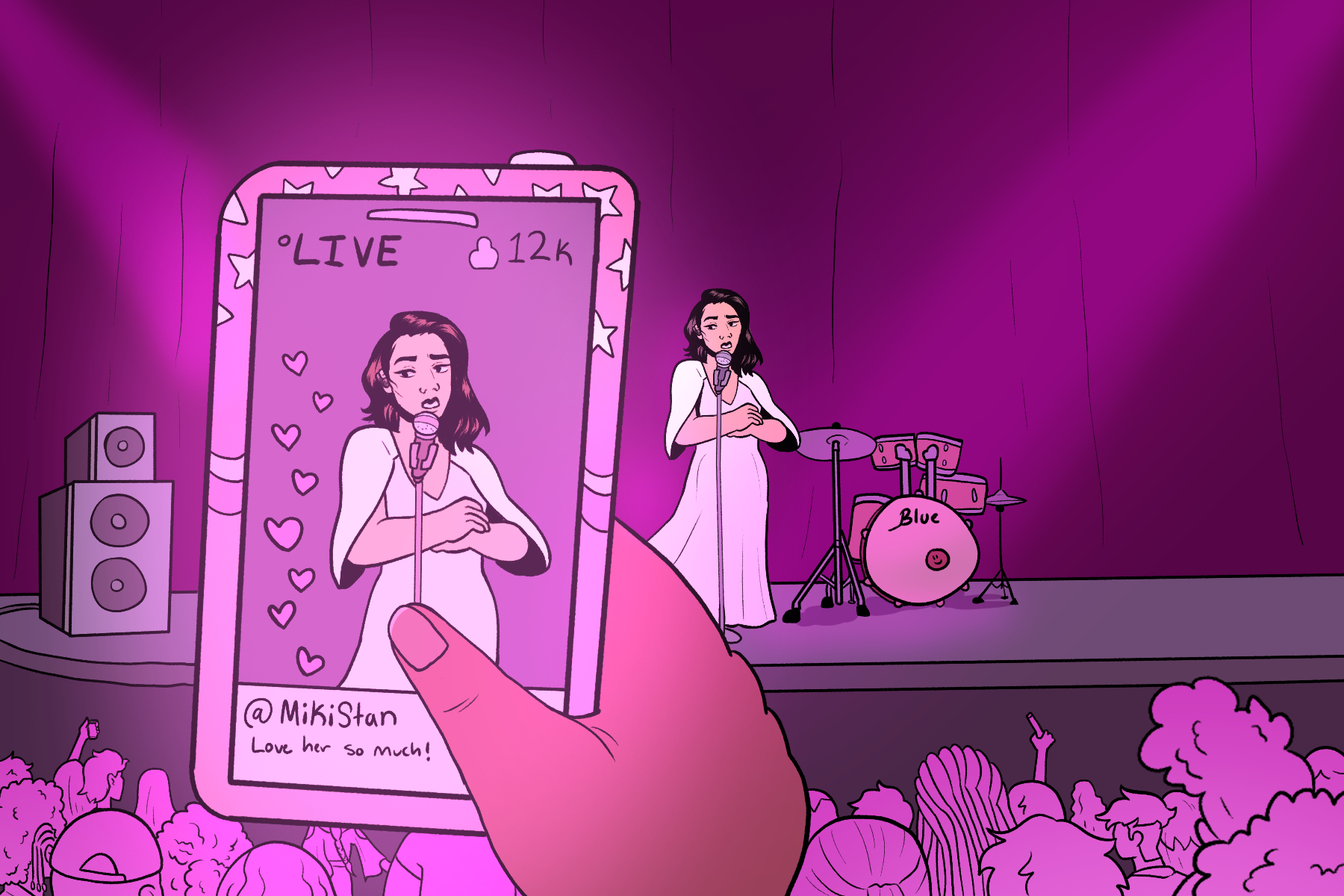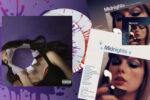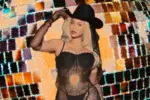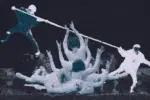On Nov. 21, 2000, Eminem released the newest single from his album “The Marshall Mathers LP.” A few weeks later, just nine days before Christmas, the song topped the charts and became the launch point for Eminem’s career — his masterpiece as a songwriter and storyteller. The song was “Stan.” And it completely transformed internet culture into what is now infamously known as “stan culture.”
Anyone that is chronically online has come across the countless fan pages on Instagram, Tumblr and Twitter devoted to popular artists such as Beyonce, Nicki Minaj, Taylor Swift and BTS. Some accounts simply update fans about upcoming projects, while others post photoshoots, gifs and fancams about their specific artist. However, the titans of social media are fans that many have encountered (and fallen victim to): the “stans.”
Eminem’s “Stan” tells the story of an overly obsessive fan who exhibits violent behavior when his idol, Eminem, doesn’t respond to his fan mail. Eminem describes the Stan character as a violent, disturbed man who committs murder-suicide by the end of the song.
Despite its origins, the term “stan” has become a badge of honor to many fans who have dedicated their lives (not an exaggeration) to promoting and defending their artists through thick and thin. Many stans even go so far as to doxx and threaten anyone who offends or insults their artist. Stans feel the need to justify everything — the good, the bad and the terribly ugly — about their favorite artist by any means necessary. In a way, stans are living up to the Stan character’s legacy.
The most recognizable and infamous stans are The Beyhive (Beyonce stans), ARMY (BTS stans), Swifties (Taylor Swift stans) and Barbz (Nicki Minaj stans). These groups have done it all in the name of their artists, harassing anyone who makes a mild criticism of their heroes with rape and death threats. The celebrities themselves inflame these harassment campaigns whenever they respond to a bad review or purposefully summon their mob of active duty avengers.
One such instance involved the Barbz, a group that has cemented itself in the Stan Hall of Fame with its viciousness and blind devotion to Nicki Minaj. After tweeting that Minaj should produce mature music, freelance writer Wanna Thompson received derogatory messages from Barbz insulting her and her 4-year-old daughter on her personal cell phone, email and various social media pages. One fan even sent Thompson an email telling her to kill herself. This bombardement stemmed in part from Minaj’s response to Thompson’s tweet: “Just say you jealous, I’m rich, famous, intelligent, pretty and go.” With those few words, Minaj sealed Thompson’s fate.
Such devotion to a figure isn’t anything new. Artists such as Michael Jackson and the Beatles had millions upon millions of fans who engaged in their fair share of fandom wars. However, social media has exacerbated the relationship between fan and artist, effectively shortening the distance between the admirers and the celebrities who once seemed unattainable.
Parasocial relationships are one-sided relationships where one person extends emotional energy, interest and time toward the other party, the persona, who remains completely unaware of the other’s existence. With social media, parasocial relationships have become incredibly common and, at times, dismissed because of how prevalent stan culture is. Some artists and their management take advantage of and rely on these parasocial relationships to keep the fans intrigued. For instance, K-pop artists either refrain from dating or keep their relationships private so that fans can continue to believe that they have a sliver of a chance with their preferred idol. This essentially creates a double-edged sword, as fans believe they have ownership over artists and can therefore dictate their decisions.
Moreover, because stans believe that they are in a close relationship with their artist, they struggle to accept accountability. When news broke that Nicki Minaj’s husband is a level-two registered sex offender in New York and had spent several years in jail for both attempted rape in the first degree and first-degree manslaughter, Barbz took it upon themselves to wholeheartedly defend Minaj, who came to her husband’s defense.
The role of stans is to prop up their artist and maintain what they assume is the artist’s legacy. If stans’ artists are succeeding, then so are they. Stans must maintain this facade of success in order to subsequently wield it on the Twitter battlefield that hosts many, many stan wars. Even if an artist killed someone, it wouldn’t really matter as long as they topped the Billboard 100 chart for ten weeks in a row. That’s a slay (literally).
Parasocial relationships are pathological and a symptom of loneliness, isolation and social anxieties. Ultimately, stans are incredibly devoted to their artist because their artist indirectly helped them find a community of people who share their interests and intensity. It’s like an after school club.
As more and more artists launch their careers through social media, it will be interesting to see how stan culture evolves. What stan group will emerge to rival the infamous, established ones? How will artists capitalize off of stan culture? Questions abound, but one thing remains true: stan culture is forever.
















